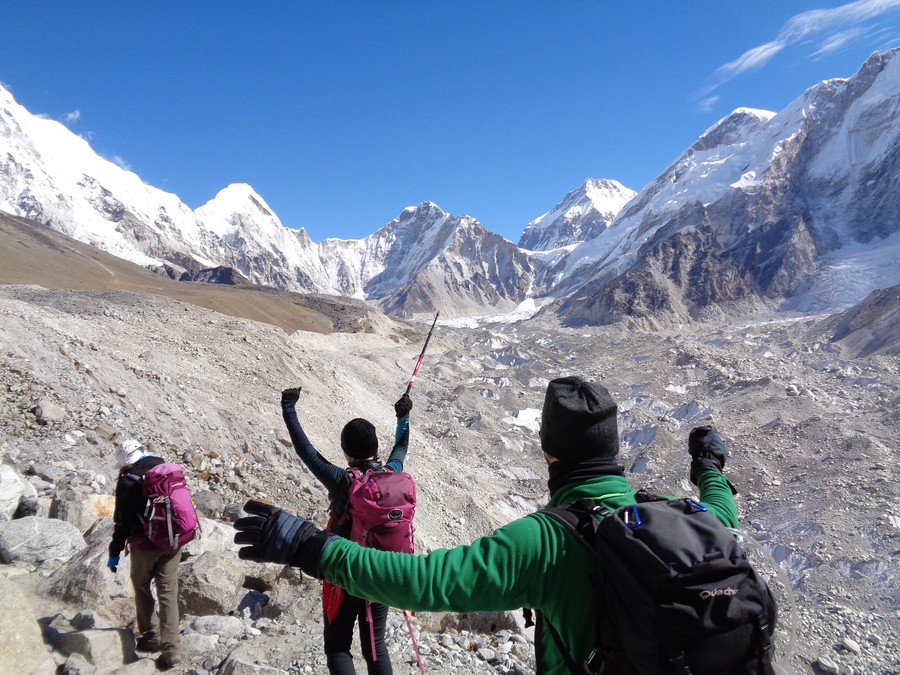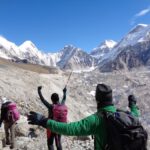
Embarking on the Everest Base Camp Trek is no ordinary journey; it’s an experience that demands careful planning and preparation. Let’s walk through the essential steps to ensure you’re fully prepared for this incredible adventure.
1. Understanding the Trek
Firstly, grasp what this trek involves. Spanning approximately 130 kilometers round trip from Lukla, this trek isn’t just physically demanding—it also tests your endurance at high altitudes. Typically, it takes about two weeks to complete, with daily hikes of 5-7 hours. Knowing these details helps set realistic expectations and prepares you for the adventure ahead.
2. Physical Preparation
Physical readiness cannot be overstated. Start training at least six months in advance. Focus on cardiovascular fitness through running, cycling, or swimming. Strength training, especially for your legs and core, will make those long trekking days more manageable. Regular hiking practice, ideally on varied terrains and involving some elevation gains, is crucial for adapting your body to similar conditions you’ll face on the trek.
3. Acclimatization Strategy
Understanding how to acclimatize properly is key to enjoying and completing your trek safely. The trail progressively ascends, which helps with gradual acclimatization. Plan your itinerary to include rest days, particularly in Namche Bazaar, to help your body adjust to higher altitudes. Remember, slow and steady wins the race; it’s how you can best prevent altitude sickness.
4. Choosing the Right Gear
Selecting appropriate gear is pivotal. Invest in good quality hiking boots and break them in well before the trek to avoid blisters. Pack layers of clothing, including a thermal base layer, a fleece, and a down jacket, to handle the cold. A sturdy backpack, sleeping bag rated for freezing temperatures, and a high-quality headlamp are also essential. Don’t skimp on a reliable pair of sunglasses and sunscreen—UV exposure at high altitudes can be severe.
5. Travel and Health Logistics
Make sure your travel documents are in order. A valid passport and a Nepalese visa are mandatory. Travel insurance is another must-have; ensure it covers high-altitude trekking. Health-wise, visit your doctor to get a check-up and discuss any concerns about high-altitude trekking. Vaccinations for Hepatitis A, Typhoid, and Tetanus are typically recommended.
6. Environmental Considerations
We all must respect and protect the environments we explore. Practice Leave No Trace principles: carry out what you carry in, treat water before drinking to reduce the use of plastic bottles, and respect local wildlife and flora. Opting for a Luxury Everest Base Camp Trek can offer a more comfortable experience while adhering to eco-friendly practices.
Final Thoughts
Preparing for the Everest Base Camp Trek is as much about mental readiness as it is about physical and logistical preparation. Mentally prepare for the challenges ahead, and maintain a positive, resilient mindset. Embrace the journey with an open heart, and you’ll find that reaching the base camp is not just a destination but a profound life experience.
Remember, we’re in this together, and the memories we create will last a lifetime. Let’s gear up and set out on an adventure that will redefine our limits and expand our horizons. Ready to take the first step? The majestic Himalayas await.




